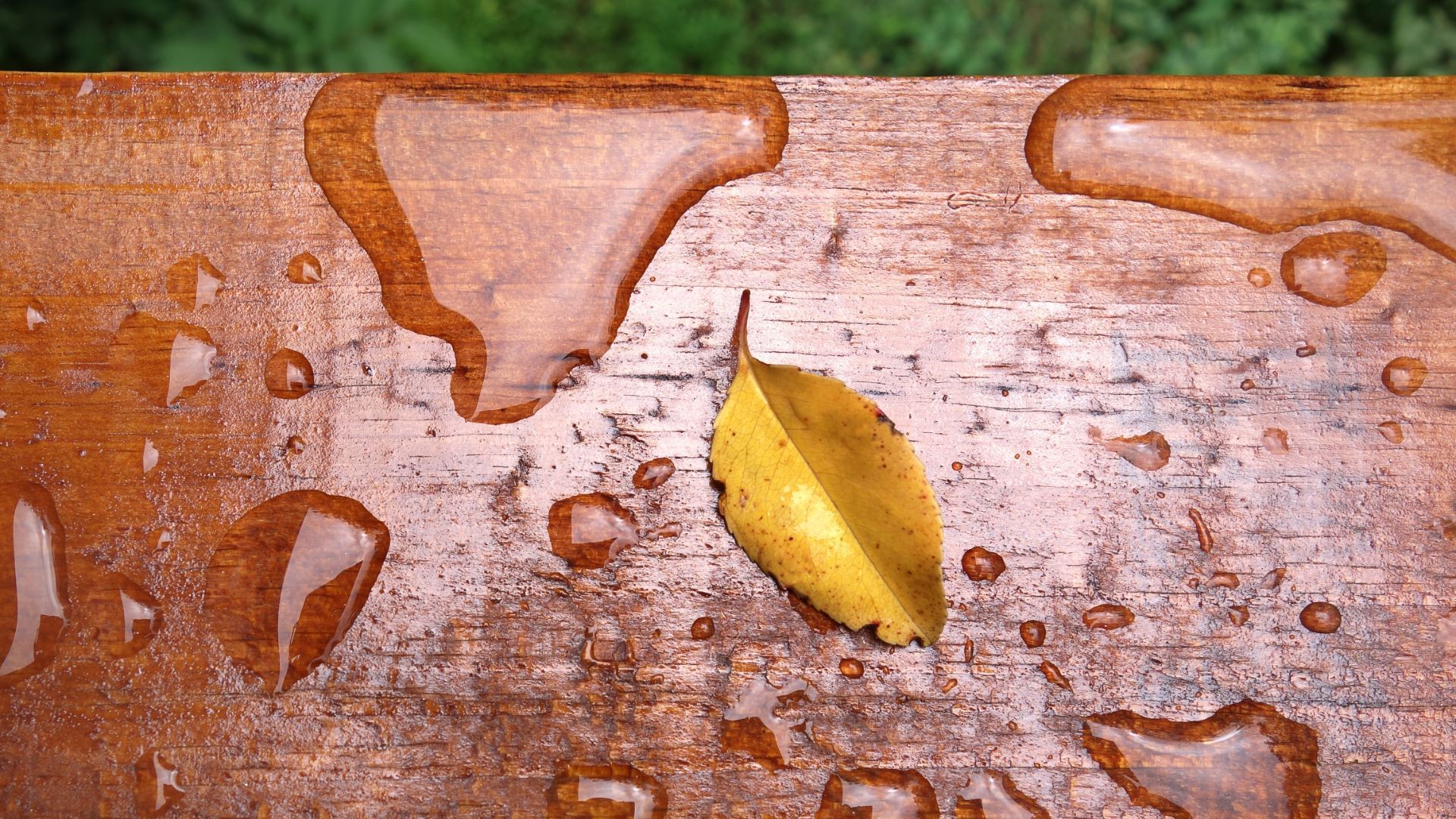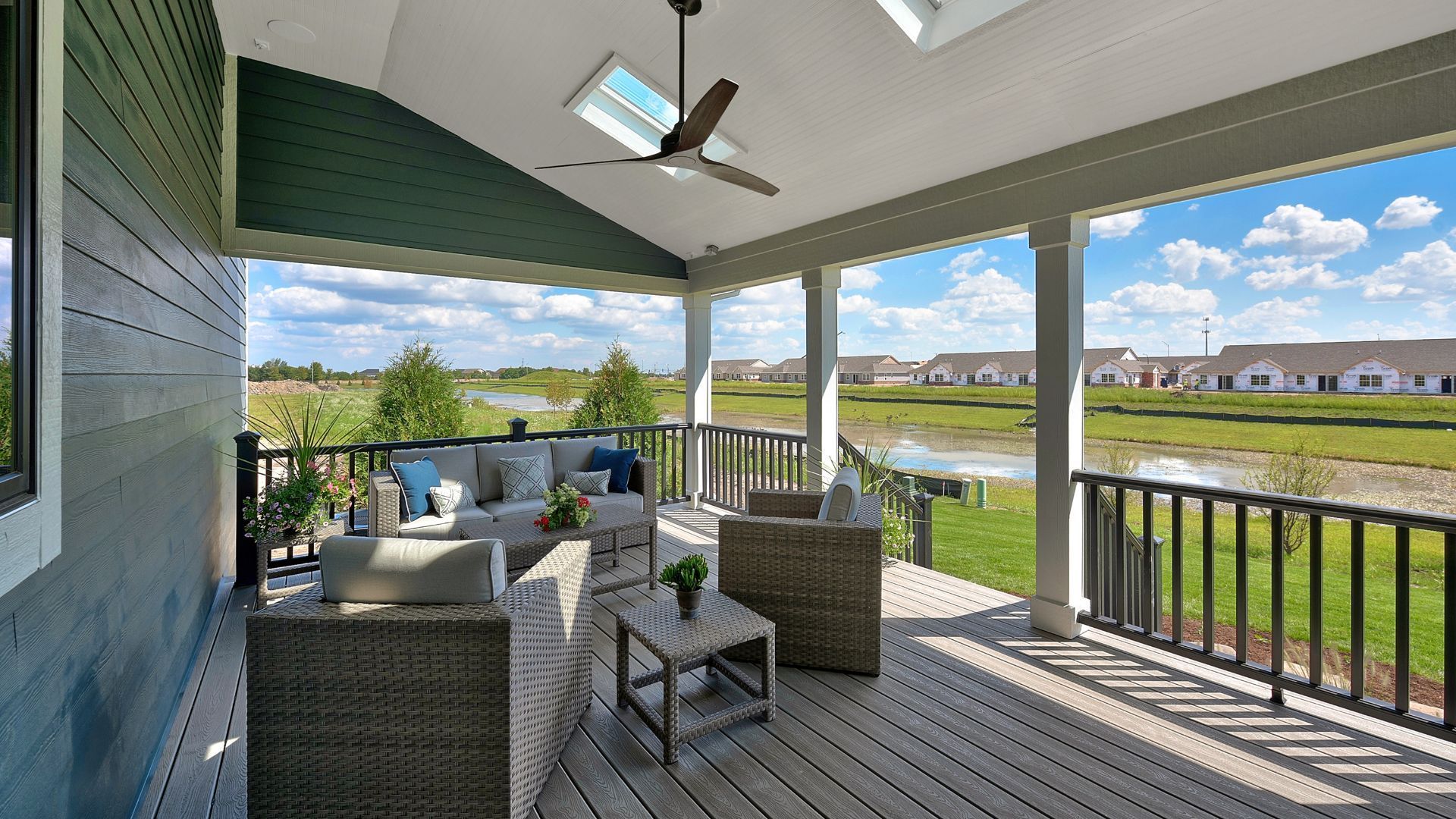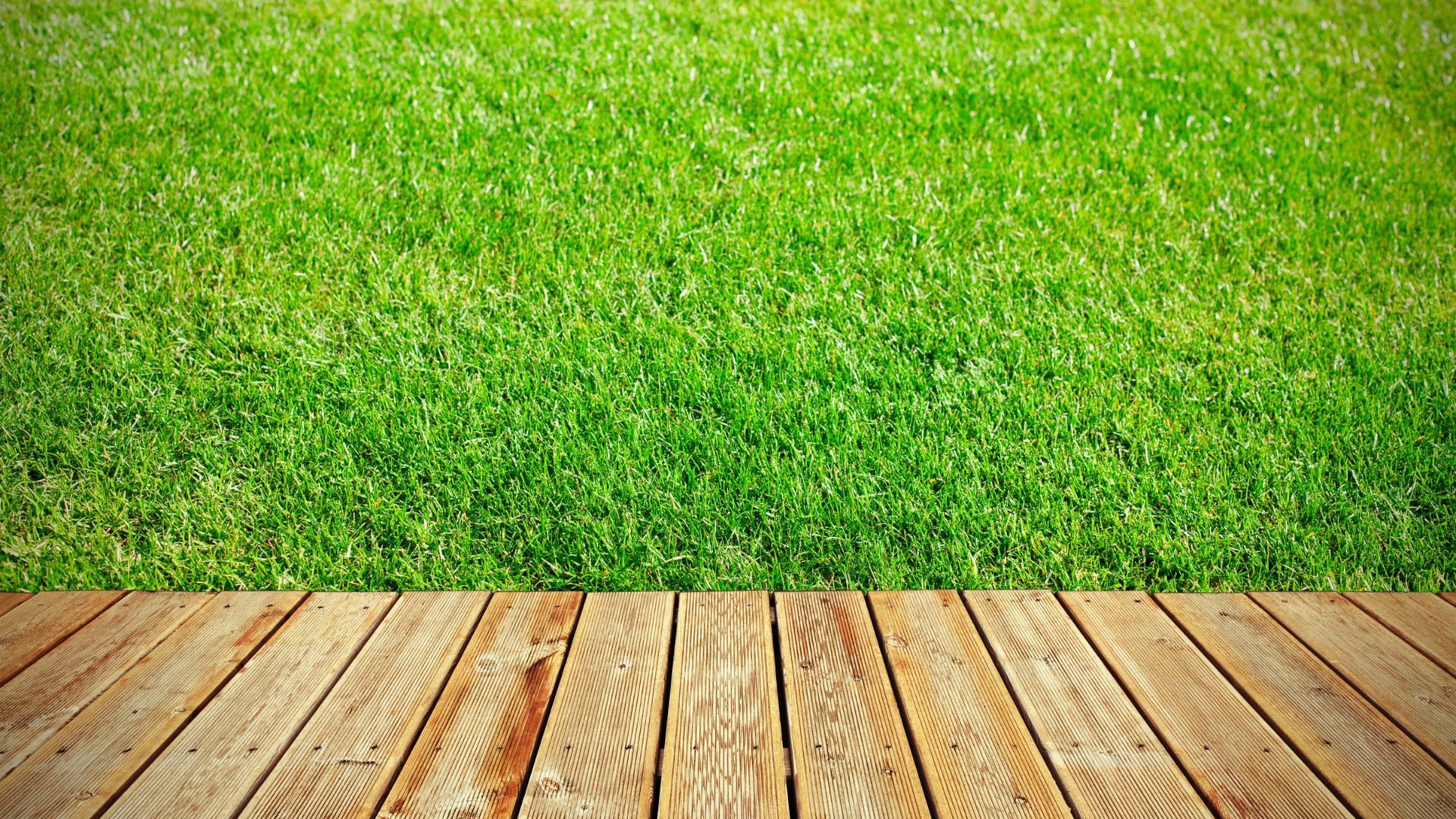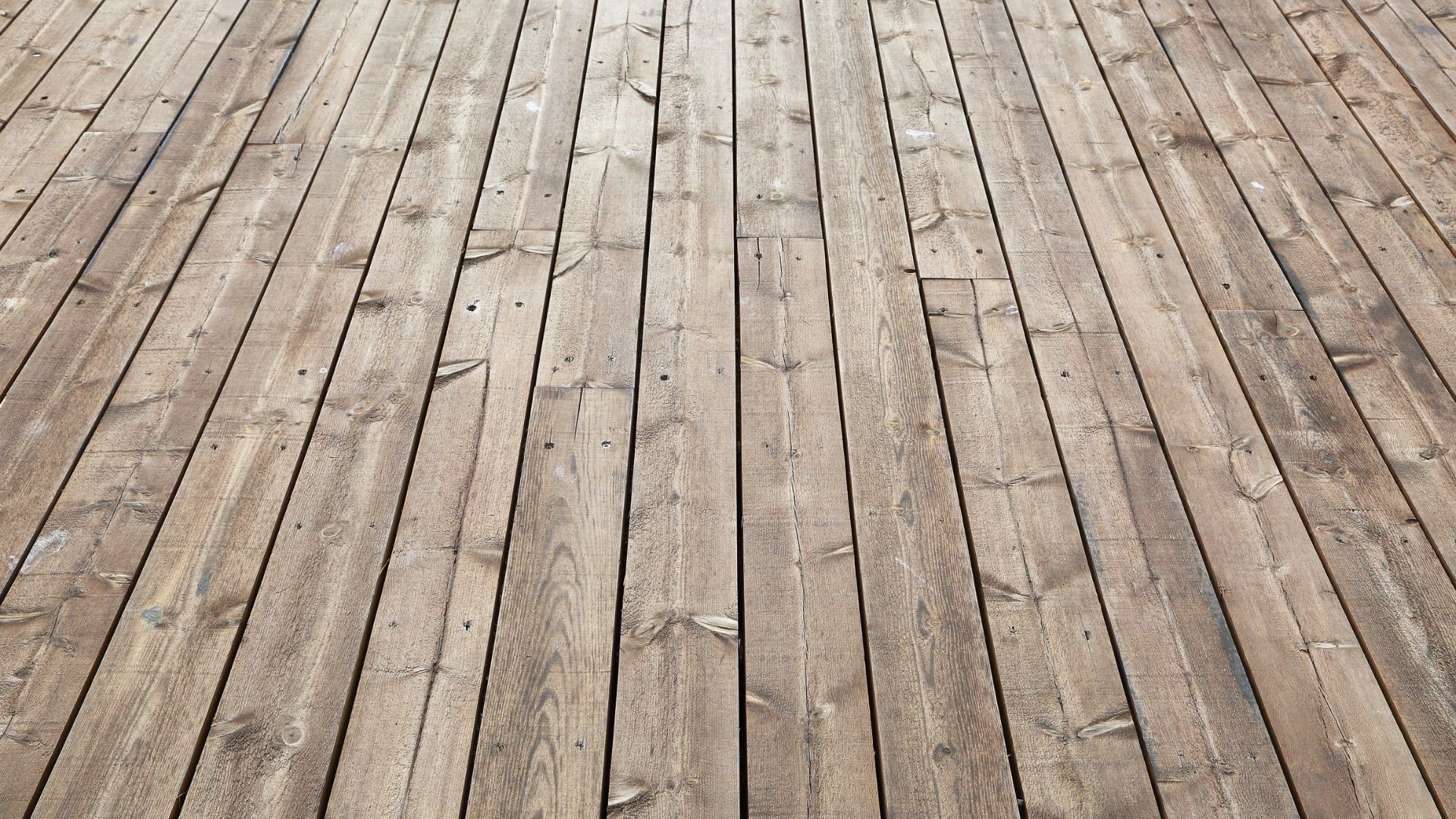The Importance of Proper Drainage for Your Lexington Deck
In Lexington, KY, where the climate can bring everything from heavy rainfalls in the spring to snow and ice in the winter, ensuring that your deck has proper drainage is crucial. Without adequate drainage, water can pool on your deck, leading to a range of issues from mildew and mold to rotting and structural damage. At Bluegrass Deck Designs, we understand that the longevity and safety of your deck depend significantly on how well it handles moisture. Here's why proper drainage is essential and how you can achieve it to protect your investment.

Why Drainage Matters
Preventing Water Damage
Water is one of the biggest enemies of any deck, especially those made of wood. When water pools on the deck, it seeps into the wood, causing it to swell and warp. Over time, this can weaken the structure, making it unsafe.
Avoiding Mold and Mildew
Standing water creates a perfect environment for mold and mildew to grow. These fungi not only cause unsightly stains but can also deteriorate your deck’s materials and create health hazards.
Enhancing Longevity
A deck with effective drainage will last much longer than one where water collects. By preventing water accumulation, you're ensuring that your deck remains strong, stable, and beautiful for years.
How to Ensure Proper Deck Drainage
Sloping the Deck
One of the simplest ways to enhance drainage is by slightly sloping the deck away from your house. This natural incline helps water run off the surface rather than accumulating. A gradient of about 1/8 inch per foot is usually sufficient.
Choosing the Right Materials
Using materials designed for outdoor use and capable of handling Lexington’s weather is crucial. Composite decking, for instance, doesn’t absorb water like wood does and is less prone to weather damage.
Spacing Between Boards
Properly spacing the deck boards is another critical factor in ensuring good drainage. This allows water to drain through the gaps instead of pooling on the surface. Typically, a gap of about 1/8 inch is recommended, but this may vary depending on the type of decking material used.
Installing a Drainage System
For decks that are higher off the ground or have enclosed spaces underneath, installing an under-deck drainage system can be beneficial. These systems collect and channel water away from the deck, keeping the area beneath it dry and usable.
Regular Maintenance for Optimal Drainage
Clearing Debris
Ensure that the gaps between deck boards remain free of debris such as leaves, dirt, and snow. Regular sweeping and occasional washing will help maintain clear pathways for water to drain.
Inspecting and Cleaning Gutters
If your deck is close to your house, make sure that the gutters and downspouts are directing water away from both your home and the deck area. Regularly clean your gutters to prevent blockages that could lead to water spilling over onto your deck.
Checking for Damage
Regular inspections can help you catch and address any issues that could affect drainage, such as warped boards or clogged drainage systems, before they become serious problems.
Conclusion: Safeguarding Your Deck
The importance of proper drainage cannot be overstated when it comes to maintaining a safe and durable deck in Lexington, KY. With the right design, materials, and maintenance, you can enjoy your outdoor space without worry, regardless of the weather.
Don’t let poor drainage dampen your deck’s potential. Contact Bluegrass Deck Designs today to ensure that your deck is built or modified with the best drainage solutions in mind!
FAQs
How often should I check my deck for drainage issues?
It’s good practice to check your deck’s drainage system at least twice a year—once in the spring and once in the fall. Additionally, inspect after any severe weather events.
Can drainage be improved on an existing deck?
Yes, improvements can be made on existing decks, such as adjusting the spacing between boards, adding slopes, or installing a drainage system underneath.
What is the best material for a deck in rainy climates?
Composite decking is highly recommended for rainy climates as it is more resistant to water damage than traditional wood decking.
How do I know if my deck has proper drainage?
Signs of proper drainage include no standing water on the deck surface after a rainstorm and no signs of water damage or mold growth on the deck materials.
Is it expensive to install an under-deck drainage system?
The cost can vary depending on the size and design of your deck, but investing in a drainage system is often less expensive than repairing water damage later on.




